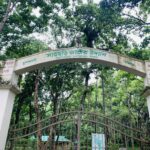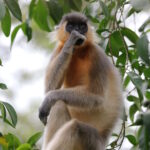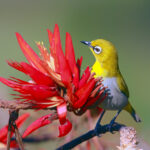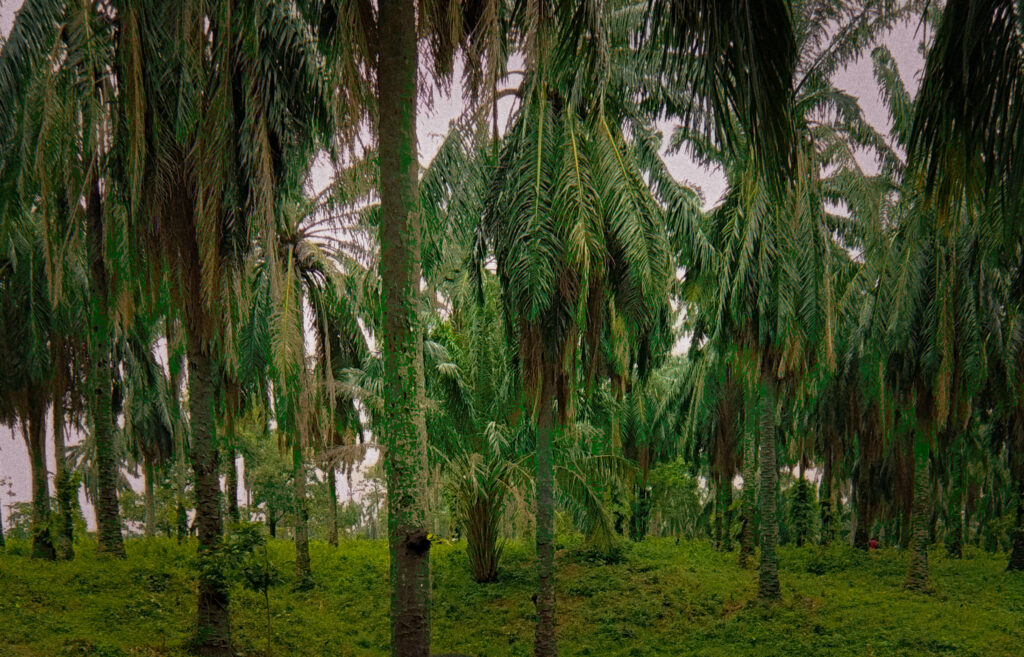Protected Magazine
Future Land Use For Conservation
In the heart of our planet’s green treasures lies a complex challenge: how to balance the preservation of biodiversity with the needs of local communities.
This intricate dance defines the struggle faced by protected areas (PAs) worldwide.
However, a beacon of hope emerges from Satchari National Park (SNP) in Bangladesh, where a ground-breaking study explores the transformative power of integrating ecosystem services (ES) into land-use planning, potentially reshaping the landscape of PA management.

The insights from this study, available on Science Direct https://www.sciencedirect.com/science/article/abs/pii/S2212041617302383?via%3Dihub, offer a compelling narrative of hope and innovation.
The Global Challenge: A Call to Safeguard Nature’s Precious Sanctuaries
Protected areas are the lifelines of our planet, safeguarding dwindling forests and diverse biodiversity.
Yet, managing these sanctuaries, especially in developing nations, is fraught with challenges.
Limited resources, inadequate infrastructure, and the perpetual clash between conservation goals and human necessities hinder efforts.
It’s not just a desire to manage these areas effectively; it’s an urgent necessity for the numerous species reliant on them.
A New Dawn: Ecosystem Services Riding to the Rescue
Enter the concept of ecosystem services—a vast array of benefits nature bestows upon us, from the air we breathe to the water we drink.
This framework, gaining momentum in environmental policy, accentuates the intricate connection between human well-being and ecological health. Aligning conservation goals with the provision of these services charts a sustainable course that respects both nature and human needs.

Satchari National Park: A Microcosm of Global Challenges
Nestled in the northeast of Bangladesh, SNP encapsulates the complex challenges faced by protected areas globally.
Rich in biodiversity, the park coexists with dense human settlements, presenting a management challenge.
Researchers embarked on a ground-breaking study, mapping and assessing the capacity of different land-use/land cover (LULC) types within and around the park to provide diverse ES. Unveiling the Results: A Victory for All
The study’s findings were nothing short of illuminating.
LULC within SNP exhibited a remarkable ability to offer higher supporting and regulating ecosystem services compared to the surrounding areas.
This revealed a crucial truth: preserving these habitats wasn’t just about conserving biodiversity but also about sustaining the natural services crucial for the well-being of surrounding communities.
Participatory Approach: Weaving in Community Voices
At the heart of the study was its participatory approach.
Involving local stakeholders in shaping future land-use scenarios ensured that the voices of those most impacted by conservation policies were not merely heard but actively considered.
This inclusive method proved pivotal in addressing the unique challenges of land management in PAs.
Looking Ahead: Ramifications for PA Management
The implications of the study are profound.
It emphasises the imperative for PA managers to integrate ecosystem services into their strategies.
This approach could foster a delicate equilibrium between conservation goals and the livelihood needs of local communities, ensuring harmonious coexistence and sustainable use of biodiversity.
Overcoming Challenges: Paving the Road Ahead
Despite promising findings, integrating ES into land-use planning poses challenges.
Quantifying these services demands time, resources, and expertise.
The study advocates for innovative, user-friendly methods to seamlessly and effectively integrate this paradigm shift.
Final Thoughts: A Blueprint for Tomorrow
The SNP study transcends being a local solution; it emerges as a blueprint for PA management globally.
Prioritising ecosystem services has the potential to revolutionise how we perceive and manage these vital areas.
It signifies a journey towards a future where conservation and community needs aren’t adversaries but integral components of a harmonious whole.



